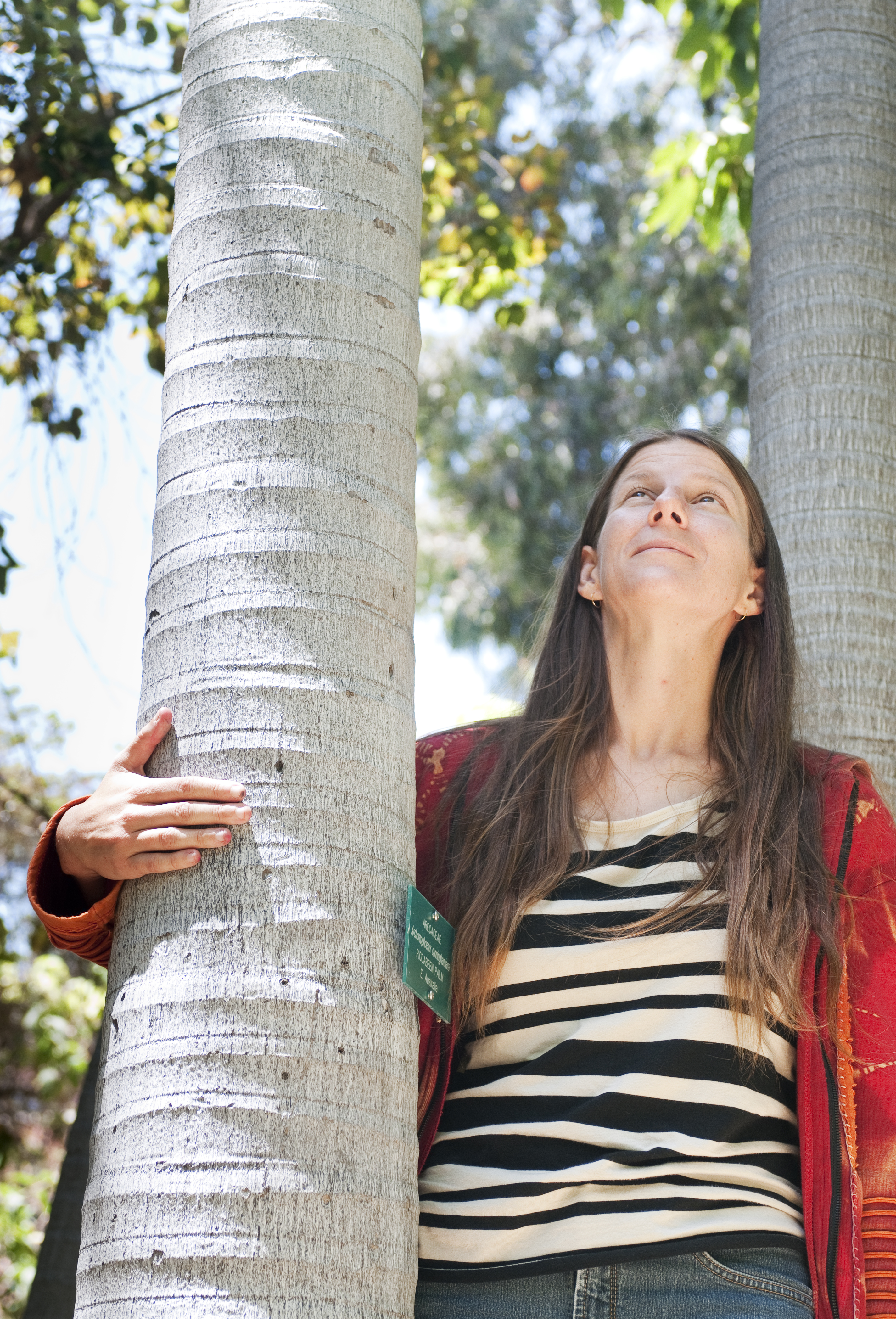Graduate student travels to give flight to her passion for birds

Kathryn Peiman, third-year graduate student in the UCLA Department of Ecology and Evolutionary Biology, travels to study birds.
This article is part of the Daily Bruin's Graduation Issue 2012 coverage. To view more multimedia, galleries, and columns, visit http://dailybruin.com/gradissue2012
Read more from the series “Passions in Practice”:
Student facilitates seminar on "˜The Lord of the Rings' through USIE program at UCLA
Grad student, TA Robin Higgins participates in stand-up comedy in between chemistry classes
By Aislinn Dunne
June 10, 2012 10:09 p.m.
Kathryn Peiman paused during her story about capturing wild seabirds off the Hawaiian coast and pointed to a set of scars on the back of her hand.
“This one’s from an albatross chick, this one’s from a booby,” she said.
For Peiman, a third-year graduate student in the UCLA Department of Ecology and Evolutionary Biology, the scars are not souvenirs of a one-time adventure, but rather the marks of a lifelong passion.
Peiman, who has spent the past three years pursuing a doctorate at UCLA, said that she has always liked birds, and has been interested in animal behavior since she was a kid.
“I want to know why (animals) do what they do,” Peiman said.
Peiman travels to the Bahamas and Mexico twice a year for up to three months at a time to study birds in their natural habitat. Her research at UCLA focuses on bird behavior.
Working out of cabins and field stations, a typical day in the field begins at sunrise, when the birds are most active.
“Almost anyone who studies birds is up at dawn,” Peiman said.
In past trips, she has had to catch, measure and put identifying bands on the legs of the birds in question to be able to observe and recognize them throughout her study.
Peiman is currently researching aggressive interactions between different bird species, specifically between the thick-billed vireo and the white-eyed vireo. These two bird species spend six months out of the year living in the same area of the Caribbean.
Most research on aggression between species is conducted during the breeding season, but Peiman’s study observes the birds during the non-breeding season, said Greg Grether, Peiman’s adviser and a professor in the UCLA Department of Ecology and Evolutionary Biology.
“I didn’t want mates to be a part of it,” said Peiman, who wanted to make sure that any aggression shown by the birds was not a result of the mating season.
To test how aggressive the birds were acting toward each other, Peiman tried her hand at taxidermy. After learning how to stuff and mount her own specimens from a taxidermist at the Natural History Museum of Los Angeles County, she placed the stuffed animals in trees and played recordings of their songs to simulate the presence of a real bird. The birds, attracted by the sight and sounds of another bird, approached the specimen, and Peiman observed how they behaved.
One passerby who saw Peiman carrying the mounted specimens asked if the stuffed birds were alive. This was a great compliment to her taxidermy skills, she said jokingly.
During her study in the Bahamas, Peiman often worked among tropical bugs and poisonous plants into the afternoon, when the birds became less active.
She would then get a chance to eat lunch, nap, catch up on other work, or if she was lucky, go for a swim. As the afternoon heat began to subside, field work continued and lasted until dusk.
Her interest in understanding animal behavior has taken her beyond the Bahamas. She has worked on projects across the globe, from tracking birds in Puerto Rico, to studying fish behavior in Iceland, to researching seabirds in Hawaii and Alaska.
Apart from the physical work, Peiman was presented with other challenges during her fieldwork. A hurricane struck the field station a week before she arrived in the Bahamas, and she showed up to a recovering site with very few people present.
She also needed to obtain permits in order to legally catch, tag and bring back samples for analysis.
During her next field season, she plans to return to the Bahamas and Mexico to study the diets of the same birds to see how the two species overlap in their use of resources.
Although she does analysis and some testing for her study at UCLA, most of her work is field-based, Peiman said.
“The field can be a lonely place, as well as an amazing place to be,” said Adrea Gonzalez-Karlsson, one of Peiman’s lab mates.
Despite the challenges, Peiman remains enthusiastic.
“Because I’m doing what I love, I’ll put up with the 5 a.m. mornings, the bugs, the scratchy plants,” she said. “Do what you love, because it’s hard work.”



